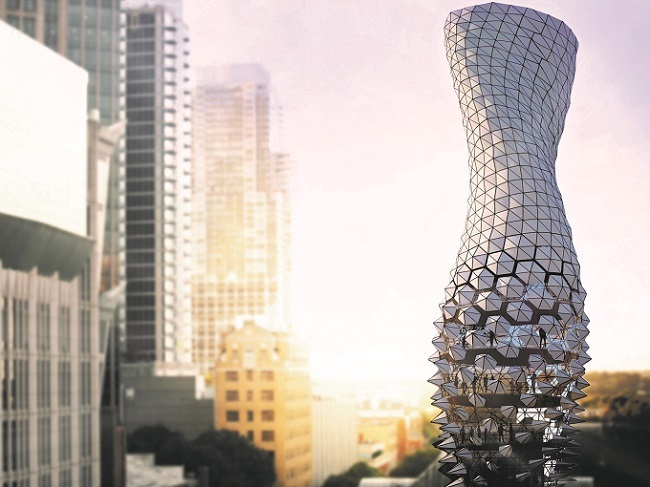On a mission to Mars
Expected to launch in 2018, ExoMars will be tasked to find whether life ever existed or is still active today on Mars. It will host a suite of scientific instruments dedicated to searching for life- related signatures, such as isotopes or molecules that can be interpreted as having been produced by a living organism. To achieve this, the six-wheeled robotic rover will have the capability to travel up to 70 metres each day searching for signs of past and present life. It will be able to collect and analyse samples from within rocky outcrops and from the sub-surface, down to a depth of 2 metres.The 'Lightweight technologies for exploration rovers' (ROV-E) project identified the need to reduce the mission cost. Cutting-edge composite materials will be used to reduce the weight of the rover. However, concentrating solely on reducing the weight of each equipment structure does not lead to further reducing the mass of the overall payload. The solution that the ROV-E project envisioned was to design shielding, health monitoring, data handling, power generation and other components that integrate multiple functions. It considered revolutionary multifunctional structure (MFS) technology that eliminates chassis, electronic boxes and cabling by integrating electronics, thermal control and structure into a single element. First proposed in the 1990s, this concept for spacecraft architecture consists of placing the majority of electronics on the load-bearing structure. Printed circuits can also be laminated into the structures' face sheets. This approach, coupled with low-density polymer composites made of high-strength fibres, substantially reduces the overall weight. Specifically, the first phase of the project was devoted to tailoring thermal, mechanical and electrical properties of composites to fit functionalities added to MFSs. A series of tests on different materials were conducted and a numerical model was developed to calculate mass, volume and energy savings achieved with selected materials. ROV-E's next phase involved the review of basic design parameters in computer simulations recreating conditions that will be encountered on the Red Planet. Particular emphasis was placed on the mobility sub-systems as the robot will face complex shaped obstacles (rocks), rough terrain with pebbles and sand. Based on the findings, directions for improvement were proposed for all-terrain navigation. The MFS technology developed is very versatile and can be useful in applications where mass and volume are a concern, as in telecommunications and navigation microsatellites. Just the power storage of the developed MFS can provide up to 2 % savings in the system mass and, ultimately, contribute to reduced fuel consumption and mission cost.
Keywords
Curiosity Rover, Mars, ExoMars, multifunctional structure, electronics, polymer composite, space exploration





